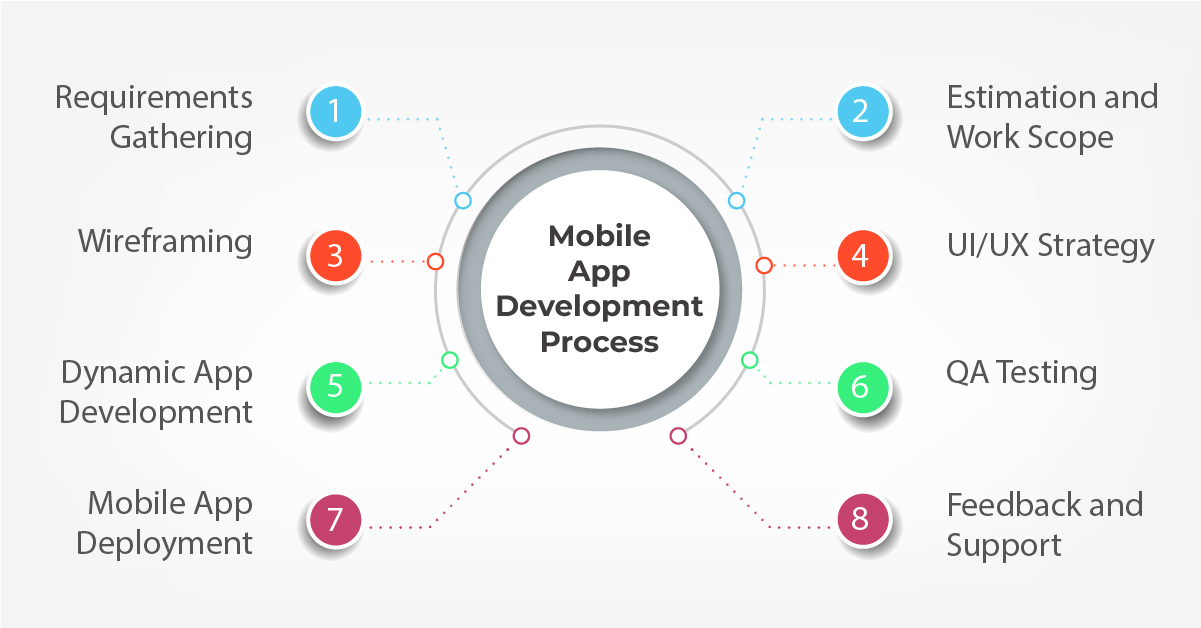
Mobile applications have become an integral part of our daily lives. From ordering food to booking a cab, there is an app for almost everything. However, the process of developing a mobile application is not as simple as it may seem. It involves a series of steps that need to be followed diligently to ensure a successful launch. In this article, we will guide you through the mobile application development process, from concept to launch. If you're looking to get a professional mobile application developer then you may browse this website.
1. Understanding the Concept
Define the Purpose
- Identify the problem your app will solve or the need it will fulfill.
- Research the target audience and their preferences.
Conceptualize the Features
- Create a list of features and functionalities the app will have.
- Prioritize the features based on their importance and feasibility.
2. Planning and Design
Create Wireframes
- Develop a visual representation of the app's layout and navigation.
- Use wireframing tools to create a rough sketch of the app's screens.
Design the User Interface
- Create a visually appealing and user-friendly interface.
- Use design tools to develop high-fidelity mockups of the app.
3. Development and Testing
Choose the Right Technology Stack
- Select the appropriate programming languages and frameworks for development.
- Consider factors like platform compatibility and scalability.
Develop the App
- Write code to implement the features and functionalities of the app.
- Utilize testing tools to identify and fix bugs throughout the development process.
Test the App
- Conduct thorough testing to ensure the app functions as intended.
- Perform usability testing to gather feedback from real users.
4. Deployment and Launch
Submit to App Stores
- Prepare the app for submission to platforms like the Apple App Store and Google Play Store.
- Follow the guidelines provided by the app stores for successful submission.
Market the App
- Develop a marketing strategy to promote the app to your target audience.
- Utilize social media, app store optimization, and other marketing channels.
5. Post-Launch Activities
Monitor Performance
- Track key performance indicators (KPIs) like downloads, retention rate, and daily active users.
- Use analytics tools to gather insights and make data-driven decisions.
Collect Feedback
- Encourage users to provide feedback on their experience with the app.
- Regularly update the app based on user feedback to improve user satisfaction.
By following these steps, you can navigate the mobile application development process successfully, from concept to launch. Remember, developing a mobile app requires careful planning, design, development, testing, and marketing. With the right approach and dedication, you can create a successful mobile application that meets the needs of your target audience.








